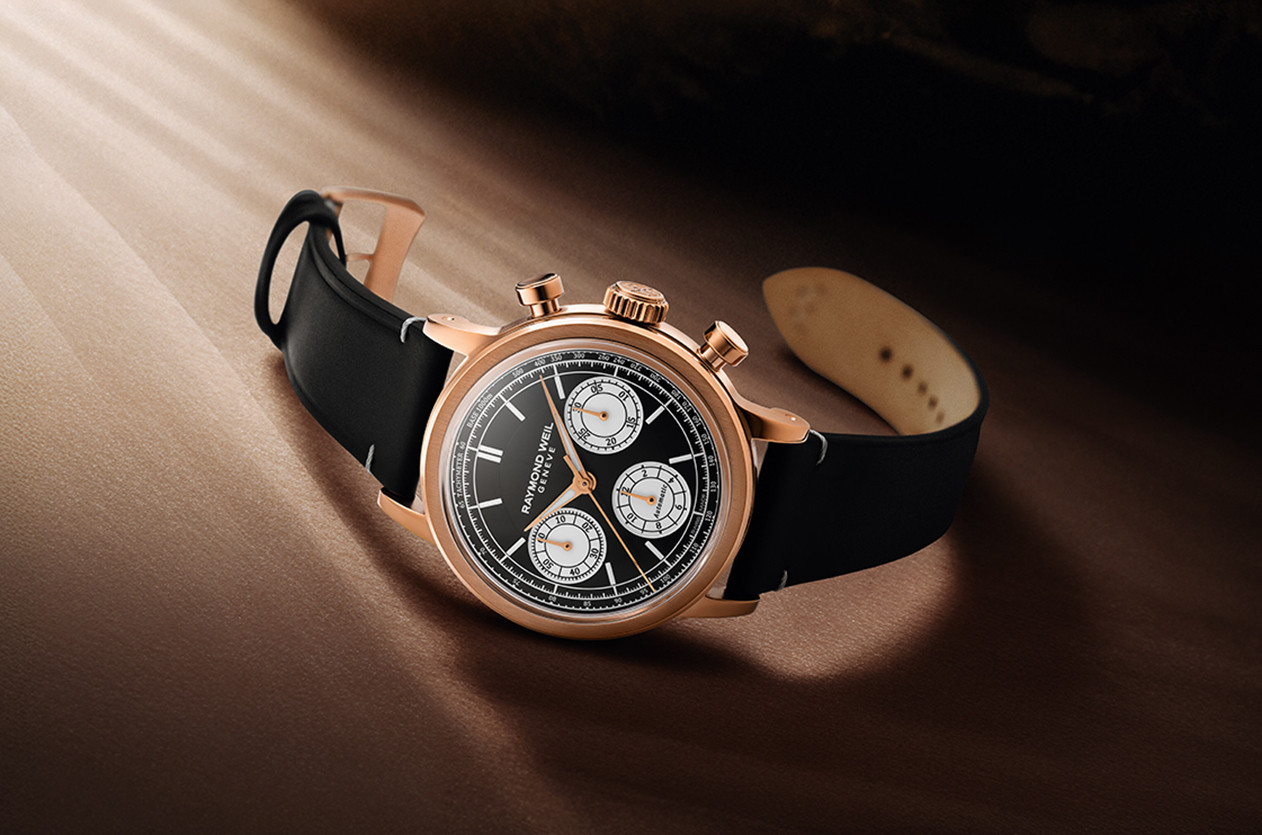
Introducing Raymond Weil Expands the Millésime Chronograph with New 39mm Editions
Welcome to the hub of the horoloy
A flyback chronograph is a specific type of chronograph (a watch with a built-in stopwatch function) that has a unique feature. You can reset the stopwatch to zero and immediately restart it with a single push of a button while the chronograph is still running. This is useful in situations where timing must be quickly restarted, like in aviation or motor racing.
The term "flyback" comes from the visual action of the chronograph's second hand "flying back" to zero instantly. This feature requires a more complicated mechanical design, and thus flyback chronographs are often more expensive than standard chronograph watches.
In a regular chronograph, if you want to restart the stopwatch function, you have to stop the chronograph, reset it to zero, and then start it again. This is a three-step process usually requiring three pushes of buttons on the watch: one to stop, one to reset, and one to start again.
Flyback chronographs were originally developed for use in aviation, where pilots needed to make multiple rapid calculations and measurements. The ability to quickly reset and start the timer without the need for multiple pushes was crucial in these high-speed environments.
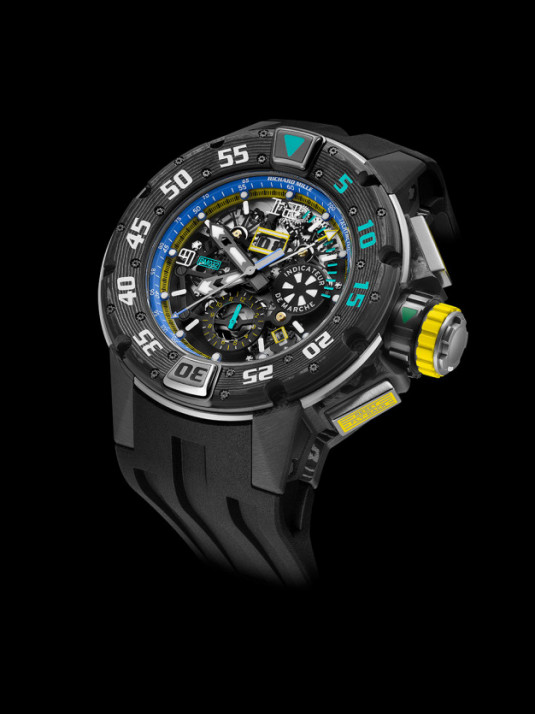
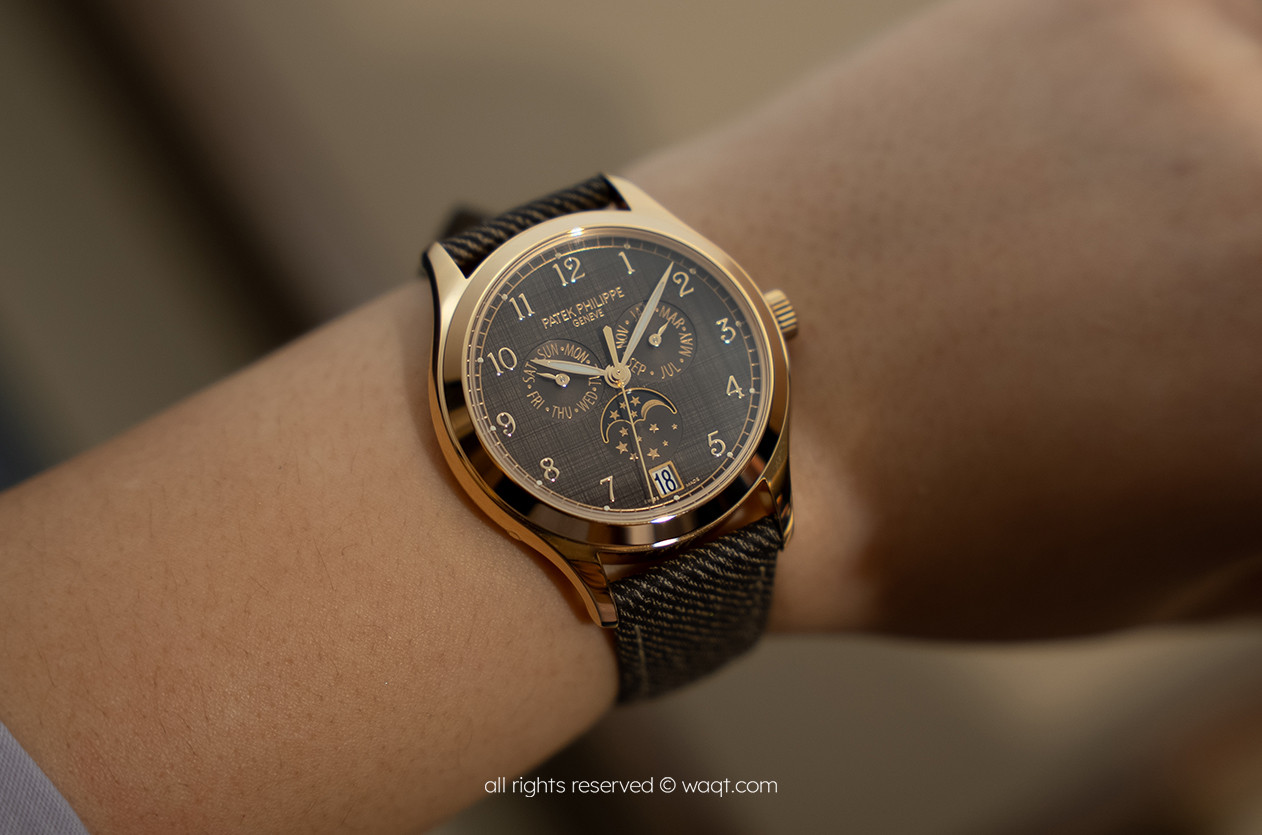
First Look The New Patek Philippe Annual Calendar Ref. 4946R

Introducing Bremont Unveils the Terra Nova Jumping Hour
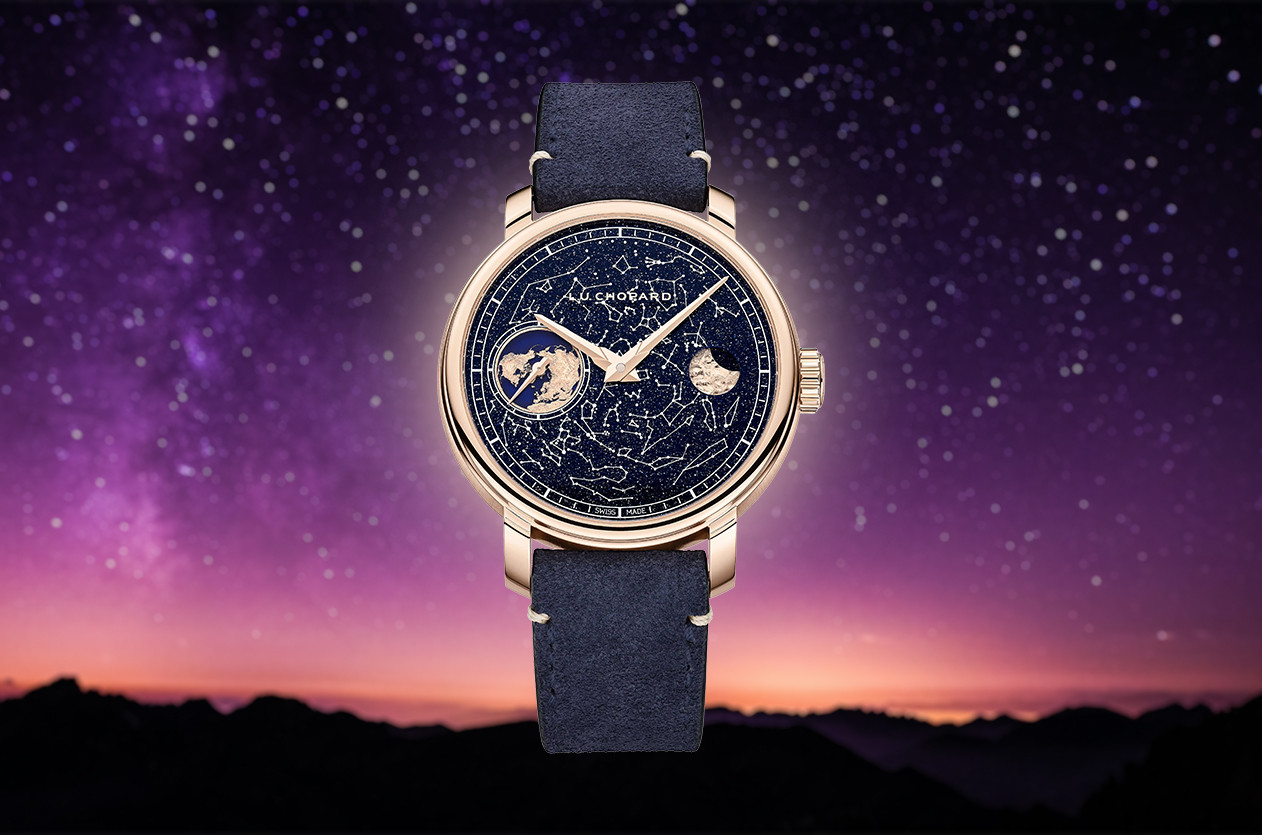
Introducing Chopard Unveils the L.U.C Heritage EHG Moon 122

Introducing Without Fanfare, Rolex Expands the Daytona Collection with Seven New Editions
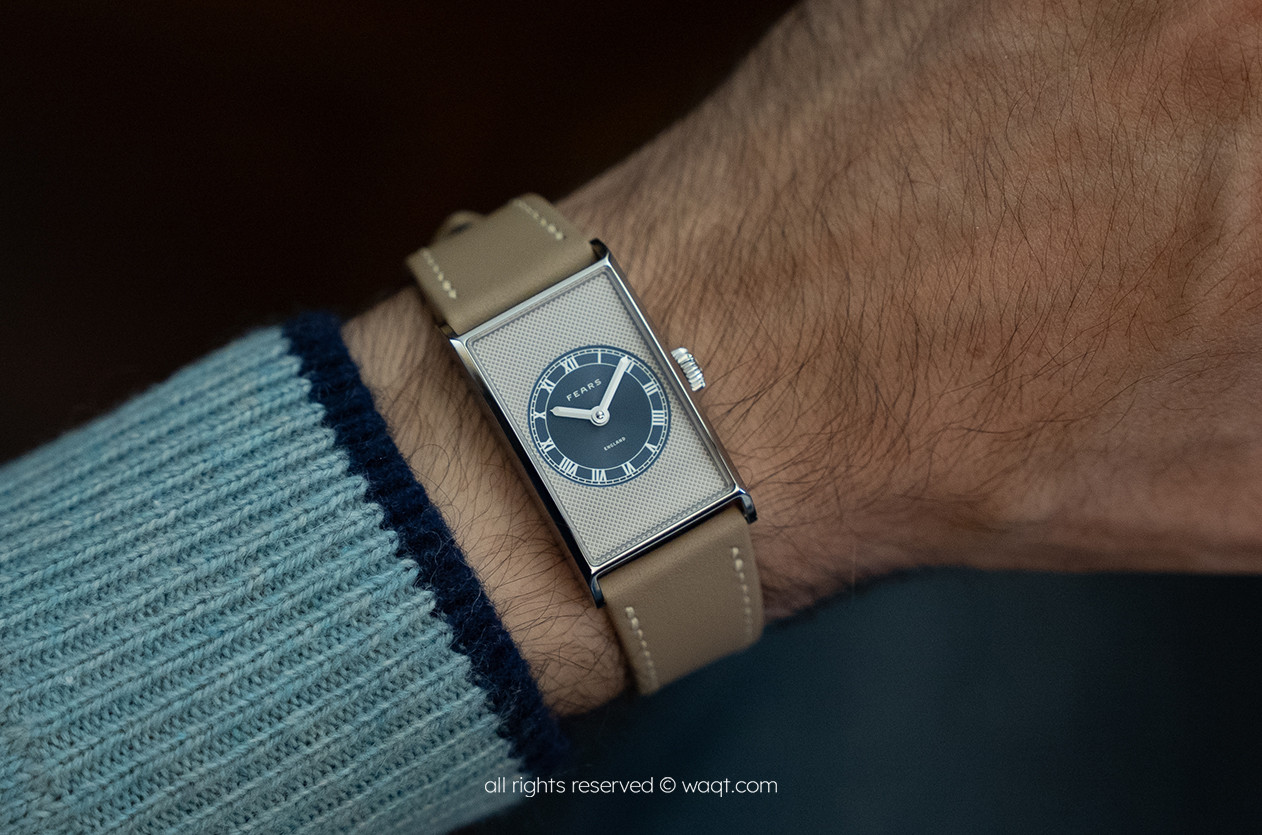
First Look Fears Bristol Unveils the Arnos Pewter Blue
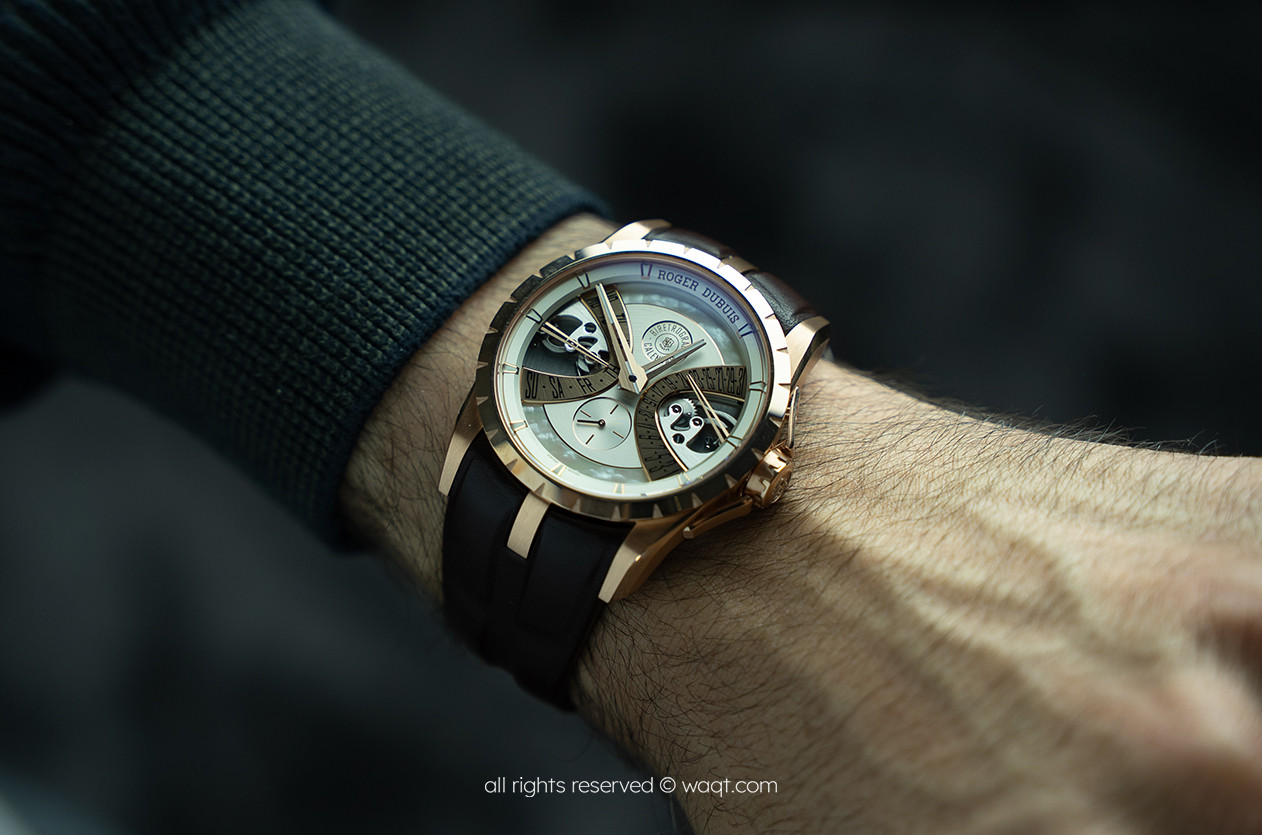
Hands on The Excalibur Bi-Retrograde Calendar by Roger Dubuis